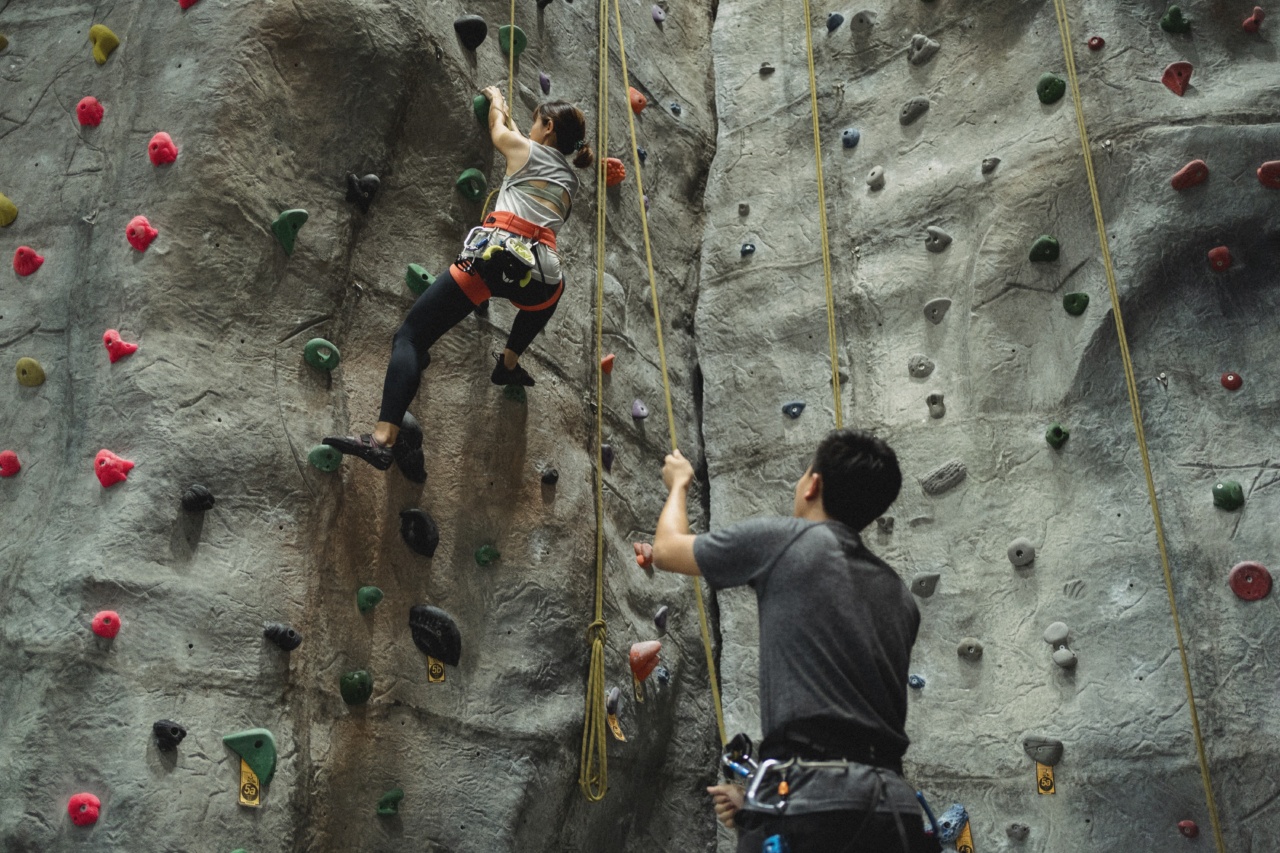Fractures can be painful and debilitating, and they are often associated with aging. However, regular exercise can help prevent fractures in both men and women of all ages.
Exercise is an effective way to build bone density, improve balance and coordination, reduce the risk of falls, and decrease the likelihood of fractures. This article will explore the benefits of exercise for fracture risk in men and women.
Introduction
As we age, our bones become less dense and more brittle, which increases the risk of fractures. Women are especially at risk of fractures due to the hormonal changes that occur during menopause, which can cause a significant decline in bone density.
However, regular exercise can help prevent fractures in both men and women by increasing bone density and strength.
The Benefits of Exercise
Regular exercise can help prevent fractures by improving bone density, balance, and coordination. Bone is a living tissue that responds to stress by becoming stronger.
Weight-bearing exercises such as walking, jogging, and resistance training help stimulate bone growth and increase bone density. Exercise also helps improve balance and coordination, which can reduce the risk of falls that can lead to fractures.
The Importance of Weight-Bearing Exercise
Weight-bearing exercises are particularly effective for building bone density. When you exercise, the muscles pull on the bones, which stimulates the growth of new bone tissue.
This is why weight-bearing exercises are so effective for building bone density. Examples of weight-bearing exercises include walking, jogging, hiking, dancing, and playing tennis. Resistance training and weightlifting can also be effective for building bone density.
The Role of Calcium and Vitamin D
Calcium and vitamin D are essential for bone health. Calcium is a mineral that is essential for building and maintaining strong bones. Vitamin D helps the body absorb calcium.
Foods rich in calcium include dairy products, leafy green vegetables, and fortified cereals and grains. Good sources of vitamin D include fatty fish, egg yolks, and fortified milk and cereals. However, most people do not get enough calcium and vitamin D through their diet alone. This is why supplements are often recommended, especially for older adults.
The Best Types of Exercise for Fracture Prevention
Any type of exercise is better than no exercise when it comes to preventing fractures. However, certain types of exercise are particularly effective.
Weight-bearing exercises such as walking, jogging, and resistance training are among the best exercises for building bone density and reducing the risk of fractures. Exercises that improve balance and coordination, such as yoga and tai chi, can also be effective for reducing the risk of falls.
Swimming and cycling are great forms of exercise, but they are not as effective for preventing fractures since they are not weight-bearing.
The Importance of Starting Early
The earlier you start exercising, the better. Building bone density is most effective during childhood and adolescence, when bones are still growing. However, it is never too late to start exercising.
Even adults who have already experienced a decline in bone density can benefit from exercise. Anyone can benefit from regular exercise, regardless of their age or fitness level.
The Bottom Line
Exercise is an effective way to prevent fractures in both men and women of all ages.
Regular weight-bearing exercise, combined with a diet rich in calcium and vitamin D, can help increase bone density, improve balance and coordination, and reduce the risk of falls. It is never too late to start exercising, and anyone can benefit from regular physical activity.































